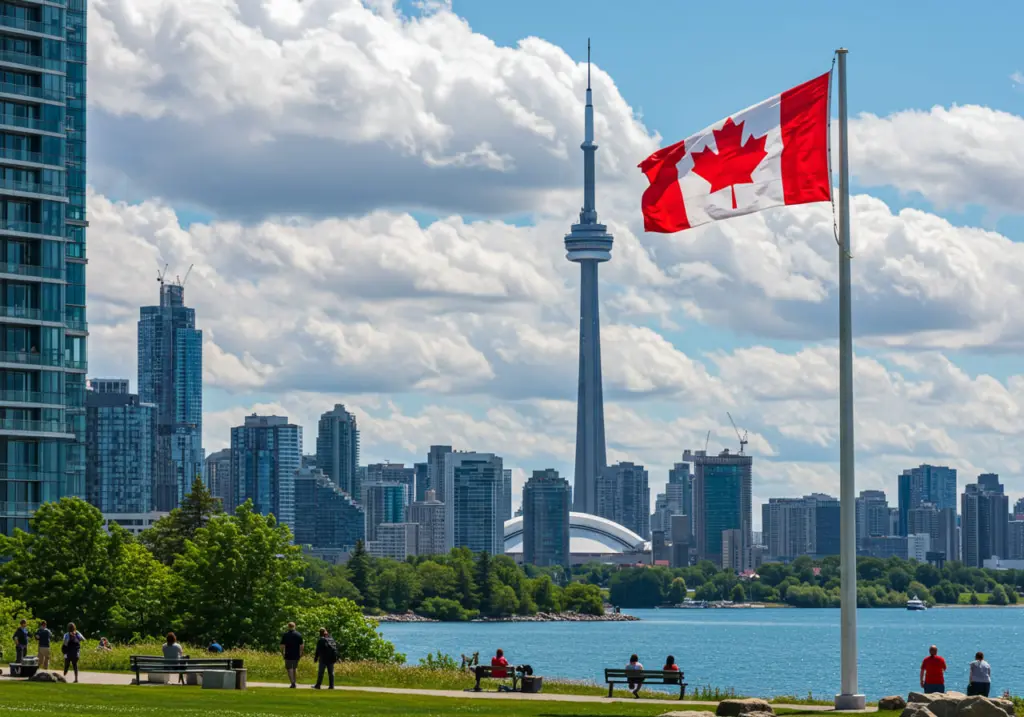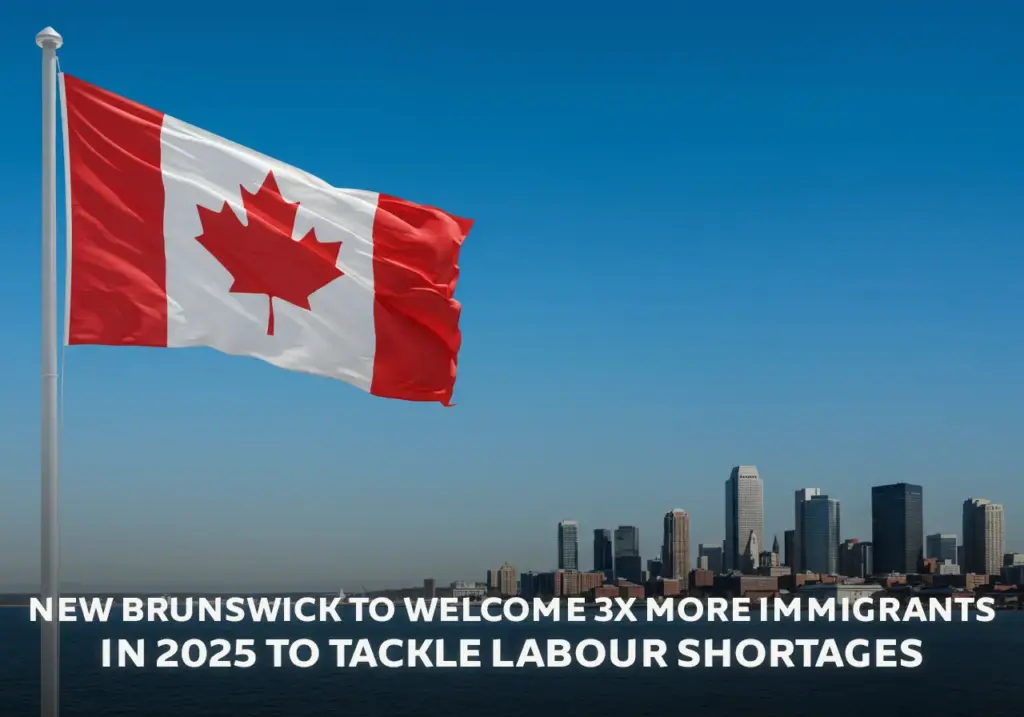Immigration Levels Plan years from 2024 to 2026
Canada has unveiled its Immigration Levels Plan for the years 2024 to 2026, maintaining the existing immigration targets. The plan outlines a goal to admit 485,000 newcomers in 2024, followed by an annual target of 500,000 immigrants for the years 2025 and 2026. These figures are consistent with the previously set targets under the 2023-2025 plan. The latest release includes the target for 2026 and provides detailed updates on the distribution of immigrant admissions across various classes and programs for the duration of the plan.

The admission goals for Express Entry and the Provincial Nominee Program (PNP) are set to escalate
Targets for the Express Entry system are set to increase, aiming for 110,700 permanent resident admissions in 2024, with a subsequent increase to 117,500 for each of the years 2025 and 2026.
The Provincial Nominee Program (PNP) will also see an uptick in its targets, starting with 110,000 immigrants in 2024, followed by 120,000 for both 2025 and 2026.
For family reunification, the sponsorship of spouses, partners, and children is projected to reach 82,000 admissions in 2024, with an increase to 84,000 in the subsequent two years. Additionally, the Parents and Grandparents Program (PGP) aims to welcome 32,000 immigrants in 2024 and will aim for 34,000 in both 2025 and 2026.
Find out if you are eligible to get in Canada →
Canada is adopting a new approach to enhance its immigration processes
Canada is advancing a fresh strategy to enhance its immigration framework, revealed in conjunction with the Immigration Levels Plan for 2024-2026. On October 31, Marc Miller, the Immigration Minister, conceded to existing deficiencies within the national immigration system while introducing a revamped strategy aimed at its modernization.
Titled An Immigration System for Canada’s Future, the strategy is built around three core objectives:
- To forge a more inviting entry process for immigrants.
- To synchronize immigration with the nation’s labour market demands.
- To formulate a well-rounded and collaborative development strategy.
The Immigration, Refugees and Citizenship Canada (IRCC) is committed to refining the overall experience for its users, making it more agreeable and straightforward.
Moreover, the IRCC plans to fine-tune Canadian immigration policies to better match the country’s skills and labour necessities.
Lastly, the IRCC intends to establish a unified plan with federal, provincial, and municipal governments. This plan aims to guarantee that Canada can provide sufficient housing, health care, and infrastructure to support its increasing immigrant population.
Starting in the late 1980s, Canada initiated a gradual uptick in its immigration intake.
Since the late 1980s, Canada has progressively adjusted its immigration policies to respond to economic needs. Initially, the Canadian government did not heavily prioritize long-term immigration planning, often setting targets based on immediate economic conditions.
In 1984, immigration numbers were relatively low, with under 90,000 newcomers. However, anticipating labor shortages, the Conservative-led government of the late 1980s raised immigration goals to 250,000 over the subsequent eight years.
The succeeding Liberal government, elected in 1993, not only sustained but also enhanced these targets. A key change was the increased emphasis on economic class immigrants, especially during recessionary periods, while proportionately reducing family and humanitarian class immigration.
Annual immigrant numbers reached approximately 260,000 under the Liberals until 2015 when the current Liberal administration, with Justin Trudeau as Prime Minister, further escalated these figures to 300,000 and then to 340,000 pre-COVID-19.
Remarkably, in 2021, amid the pandemic, Canada set a new record by admitting 405,000 new permanent residents. Despite this, rising living costs and housing shortages have somewhat dampened the Canadian public’s enthusiasm for immigration.
Nevertheless, with the looming retirement of a large segment of workers and a low birth rate posing challenges, the Immigration, Refugees and Citizenship Canada (IRCC) is upholding high immigration targets due to the sustained demand for skilled labor. Newcomers have become central to Canada’s demographic growth, contributing to 98% of the population increase as per the latest figures.
Concluding a blog about an “Immigration Levels Plan for the years 2024 to 2026,” you might want to emphasize the key points discussed throughout the post, such as the targets set by the plan, the economic and social impacts of immigration, and how the plan addresses challenges and opportunities. Reflect on the importance of strategic immigration planning in driving economic growth, innovation, and cultural diversity. You can also highlight the need for ongoing evaluation and flexibility to adapt to changing global circumstances.











